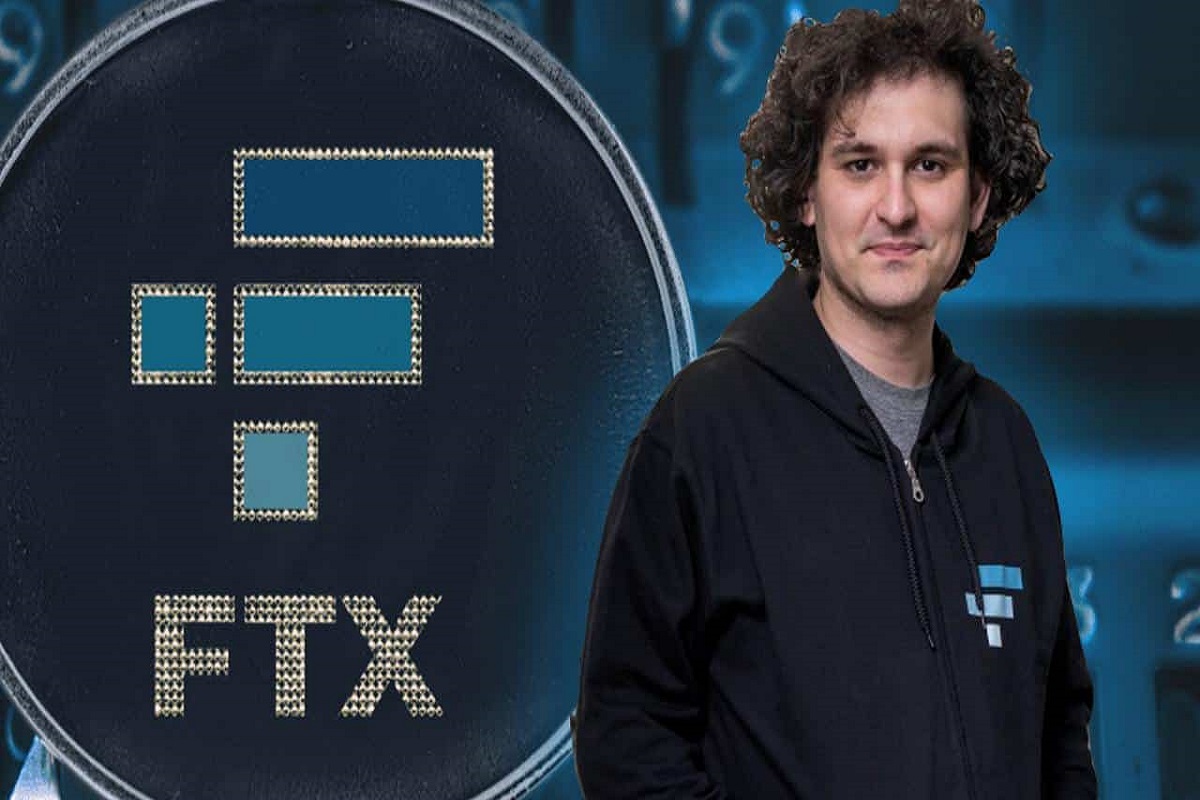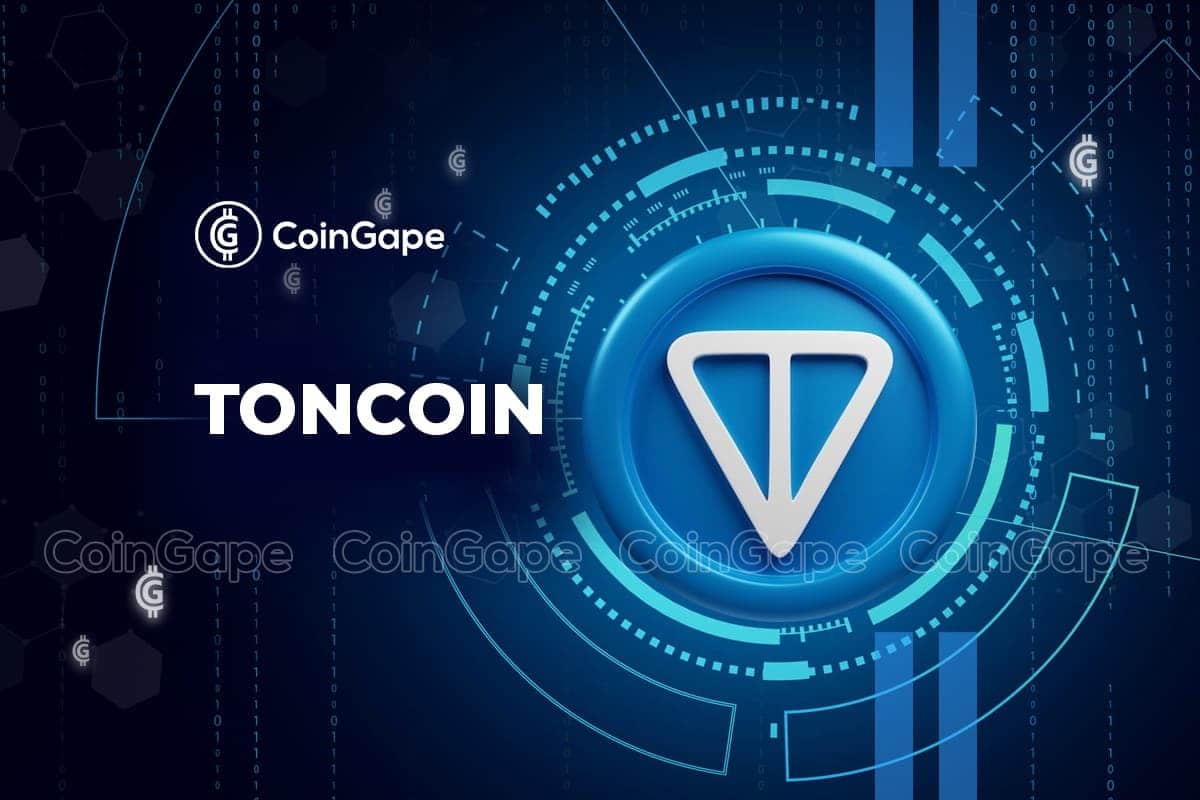The fees paid to transact on the Ethereum blockchain are known as Ethereum gas. ETH, the Ethereum network’s native coin, is used to pay gas fees.
Are you frustrated by those “insanely high” gas fees when using Ethereum? Don’t get fed up and ditch your crypto dreams just yet. Understanding gas fees is the key to navigating the Ethereum network efficiently. This guide will explain how gas fees work, why they fluctuate, and how you can minimize them.
Disclosure: eToro supports the following currencies: BTC, ADA, DASH, DOGE, EOS, ETH, LTC, NEO, XLM, XTZ, TRX, ZEC. eToro USA LLC; Investments are subject to market risk, including the possible loss of principal. T&Cs apply. *The bonus is available to Benzinga readers in the US for open states only. Served by eToro USA LLC.
What Is Ethereum Gas?
The fees a person must pay to transact on the Ethereum blockchain is known as Ethereum gas. This unit gauges how much processing work is needed to carry out particular network tasks. The network must be paid for to prevent spam and endless computational loops from engulfing Ethereum transactions. The gas fee is the cost per unit of gas times the quantity of gas required to complete an operation. ETH, the Ethereum network’s native coin, is used to pay gas fees whether or not the transaction is completed.
The complexity of a transaction determines how much gas is needed to complete it, which determines how much gas is charged. The amount of gas a user is prepared to use during a transaction is known as the gas limit. One standard ETH transfer, for instance, has a gas limit of 21,000 units. The EVM will use 21,000 gas units and return the remaining 29,000 if a user specifies a gas limit of 50,000 for a simple ETH transfer. If a user inputs too little gas, the EVM will use up all of the gas on hand and undo any modifications; the user will not be reimbursed for their gas.
How Do Ethereum Gas Fees Work?
Here is a step-by-step process that illustrates how Ethereum gas fees work:
- Gas Limit: The user establishes a gas limit for the transaction, which is the maximum amount of gas they are ready to spend. Usually, this is left at a default, like 21,000 gas, for a simple ETH transfer.
- Gas Price: The user establishes the price of one unit of gas. Gas is usually priced in Gwei, which is a meager portion of an ETH. At a gas price of 100 Gwei, for instance, the user agrees to pay 100 Gwei for each unit of gas consumed in the transaction.
- Gas Used: The Ethereum Virtual Machine (EVM) determines how much gas was really used to complete the transaction. This depends on the transaction’s complexity, including the number of operations needed for a smart contract.
- Base Fee: The base fee is a fixed charge the network sets for each transaction. This fee incentivizes validators to validate transactions.
- Priority Fee: This fee is a tip to the validator who chooses to approve the transaction. This fee encouraged validators to give some transactions priority over others.
- Total Fee: The multiple of the gas used by base and priority fees results in the total fee. The user must spend this much ETH to complete the transaction.
- Transaction Processing: The validator processes the transaction and performs the operations needed to execute it. The validator gets paid for their labor by the gas charge.
- Transaction confirmation: The transaction is confirmed on the blockchain, and the user can verify that the transaction has been executed successfully.
Why Ethereum Gas Fees Matter
Ethereum gas fees support the integrity of the network and guarantee that it will continue to be a functional platform for decentralized apps.
Ethereum network security depends on gas fees. Users pay gas fees to encourage validators to carry out smart contracts and validate transactions, preventing bad actors from spamming the network and interfering with its functioning. Replay attacks — in which an attacker tries to replay a transaction to obtain an unfair advantage repeatedly — are also thwarted by gas fees. Gas fees charged by users support the network’s continued security and the dependable processing of their transactions.
The scalability of the network is also greatly influenced by Ethereum gas fees. Gas demand rises with network expansion and user adoption. Network congestion could cause longer transaction processing times and more expensive gas. Users who pay gas fees support validators in processing transactions more quickly, which preserves the network’s scalability and guarantees that it will always be a workable platform for decentralized apps.
Ethereum gas fees also impact the usability of the network. Users can ensure fast and dependable processing of their transactions by paying gas fees. This is especially crucial for users depending on the network for critical applications, such as decentralized finance (DeFi) protocols.
How to Monitor Ethereum Gas Prices
Here are some steps to help you track and monitor Ethereum gas prices:
1. Use Online Gas Trackers
Several online gas trackers are available that provide real-time data on Ethereum gas prices. Some popular options include:
- QuickNode offers a free Ethereum gas tracker that provides real-time data on gas prices, historical trends, and contract cost details.
- Milk Road provides an Ethereum gas chart and heatmap that allows users to track gas prices and identify the best times to transact.
- UseWeb3 offers a gas tracker that provides real-time data on gas prices, including the current gas price, gas limit, and estimated transaction cost.
2. Check Gas Prices Before Transacting
Check the current gas price before sending a transaction on the Ethereum network. This can help you avoid high gas fees and ensure your transaction is processed efficiently.
3. Use Gas Estimation APIs
Gas estimation APIs can help you estimate the gas fees for specific contract transactions on the Ethereum blockchain. These APIs provide real-time data on gas prices and can help you optimize your transactions.
4. Monitor Gas Prices Over Time
Tracking gas prices over time might help you spot patterns and trends in the swings in the price. This might help you decide when to send transactions and how best to use your gas.
5. Set Up Alerts for Gas Price Changes
You may keep updated about changes in gas prices and modify your transactions appropriately by setting up alerts for them. You may set up alerts on gas prices using tools like QuickAlerts.
6. Use Historical Data
The patterns and trends of gas prices can be well understood by consulting historical data. This can enable you to make informed decisions on when to transmit transactions and how best to use gas.
Why Are Ethereum Gas Prices So Volatile?
Here are some key reasons why Ethereum gas prices are so volatile:
- Network Congestion: Ethereum’s popularity has caused network congestion during periods of high usage. Gas prices typically rise as more transactions vie for a small block space.
- Gas Price: Users can set their preferred gas price. A higher gas price increases the likelihood of a transaction being processed promptly and incurs higher costs.
- Transaction Complexity: The computational resources required to execute a transaction or smart contract influence its gas fee. More complex operations demand more gas.
- Gas Limit: This is the maximum amount of gas a user is willing to spend on any Ethereum transaction. If the user’s computing needs exceed the gas limit, the transaction will fail, but the user will still be charged.
- External Events: Market fluctuations, platform upgrades, and major smart contract executions can impact gas fees.
- Layer 2 Solutions: Through off-chain processing and on-chain settlement, layer 2 scaling solutions like Optimistic Rollups and zk-Rollups seek to address Ethereum’s scalability problems. These solutions can significantly reduce gas fees and transaction times.
- Network Activity: Network activity, such as the number of transactions and smart contracts executed, can impact gas prices. Higher network activity can lead to higher gas prices.
- Market Attention: As measured by Google Trends, market attention can also impact gas prices. Higher market attention can lead to higher gas prices.
- Regulatory Developments: Laws and rule modifications are one type of regulatory development that might affect gas prices. For instance, changes to tax laws or regulations may affect the demand for gas and, consequently, gas prices.
Ways to Reduce ETH Gas Costs
Here are some ways to reduce ETH gas costs:
- Timing Your Transactions: When network activity is lower, as late at night or on the weekends, monitor gas prices and execute transactions.
- Using Layer-2 Solutions: Layer-2 solutions that improve scalability and lower gas costs include Polygon, Arbitrum, and Optimism.
- Batching Transactions: Group multiple transactions into a single transaction to reduce the overall cost of gas.
- Setting a Custom Gas Price: Adjust the gas price to suit your needs, considering the base and priority fees.
- Using Gas Tokens: Gas tokens are used to store gas at a lower cost and redeem it later when prices are lower.
- Exploring Alternative Blockchains: Consider using alternative blockchains like Solana, Avalanche, and Terra, which offer lower transaction fees.
- Optimizing Efficiency: Use tools like gas tracking websites and wallets to monitor gas prices and optimize your transactions for lower costs.
- Using dApps Offering Rewards: Use dApps that offer rewards or reduced gas fees for transactions.
Concluding Remarks on ETH Gas Fees and Its Working on Ethereum Blockchain
One of the essential elements of the Ethereum network, gas fees ensure safe and effective transaction processing. Making educated choices about their transactions requires users to understand how gas fees operate and how to lower them. Gas fees can be reduced, and users can optimize Ethereum network transactions by monitoring gas prices, utilizing layer-2 solutions, and modifying gas restrictions.
Disclosure: ²Sum of median estimated savings and rewards earned, per user in 2021 across multiple Coinbase programs (excluding sweepstakes). This amount includes fee waivers from Coinbase One (excluding the subscription cost), rewards from Coinbase Card, and staking rewards. ³Crypto rewards is an optional Coinbase offer. Upon purchase of USDC, you will be automatically opted in to rewards. If you’d like to opt out or learn more about rewards, you can click here. The rewards rate is subject to change and can vary by region. Customers will be able to see the latest applicable rates directly within their accounts
Frequently Asked Questions
A
The ETH gas price refers to the amount of ETH (in a small unit called gwei) that has to be paid to transaction validators on the Ethereum blockchain.
A
The current price of 1 Gas (GAS) is around 0.00008143 ETH.
A
A confluence of scalability, security, and demand for the Ethereum network brings on the present high ETH gas fee. High network congestion brought on by the popularity of programs like NFTs and DeFi raises block space competition and increases gas prices.
A
ETH gas is typically cheapest during late nights to early mornings on weekends and at the start of the week.


